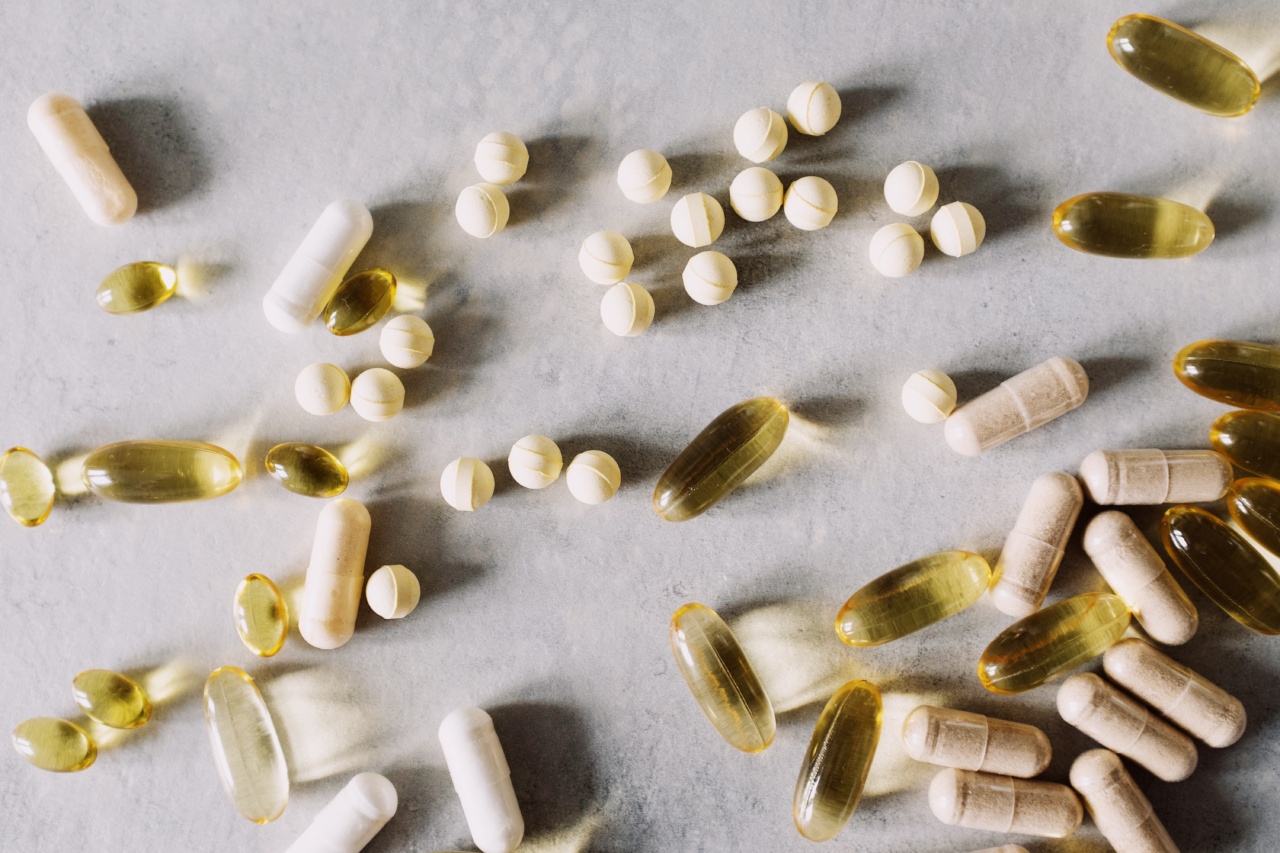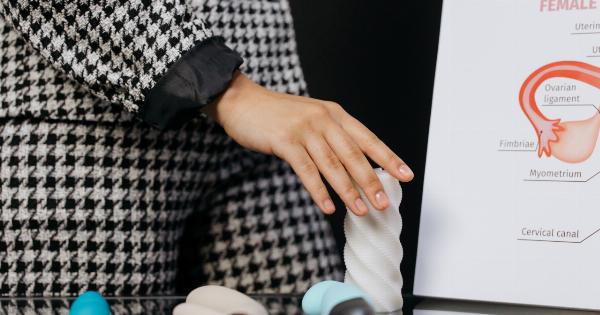Aneurysms are a serious health condition that can have life-threatening consequences if left untreated. These abnormal bulges in blood vessels can occur in various parts of the body, including the brain.
Aneurysms are known to be potentially lethal because they can rupture, causing bleeding and damaging surrounding tissues.
The Need for Aneurysm Prevention
Given the severe risks associated with aneurysms, it is crucial to explore effective prevention methods.
While treatment options for existing aneurysms have improved over the years, it is always better to prevent the condition from developing in the first place.
Current Aneurysm Prevention Methods
Currently, there are several approaches to aneurysm prevention, ranging from lifestyle modifications to surgical interventions.
These methods target risk factors such as high blood pressure and smoking, which are known to increase the likelihood of developing aneurysms.
The Potential of a Cheap Pill
Recently, a cheap pill has been suggested as a possible solution for aneurysm prevention. This medication, which is readily available and affordable, claims to reduce the risk of aneurysm development.
However, its effectiveness is a subject of debate among medical professionals.
Understanding the Cheap Pill
The cheap pill in question belongs to a class of drugs called statins. Statins are commonly prescribed for managing high cholesterol levels and reducing the risk of cardiovascular diseases.
They work by blocking the enzyme responsible for cholesterol production in the liver.
The Theory Behind the Cheap Pill
One theory behind the potential effectiveness of the cheap pill in aneurysm prevention is its ability to stabilize blood vessels.
It is believed that statins may have a positive impact on the integrity of blood vessel walls, reducing the likelihood of aneurysm formation.
Evidence Supporting the Use of Statins
Several studies have explored the relationship between statin use and aneurysm prevention.
A study published in the Journal of the American Heart Association found that statin therapy was associated with a reduced risk of aneurysm rupture in patients with abdominal aortic aneurysms. Another study published in the Journal of Vascular Surgery concluded that statin therapy was associated with a decreased risk of aneurysm growth and rupture in patients with small abdominal aortic aneurysms.
Controversies and Limitations
While the evidence supporting the use of statins for aneurysm prevention seems promising, there are controversies and limitations that need to be considered.
Some argue that the existing studies have limitations in terms of sample size and study design, making it difficult to draw definitive conclusions about the effectiveness of statins. Additionally, there are concerns about potential side effects and long-term safety.
Alternative Approaches to Aneurysm Prevention
Given the controversies and limitations surrounding the cheap pill, it is important to explore alternative approaches to aneurysm prevention.
Lifestyle modifications, such as maintaining a healthy diet, engaging in regular exercise, and quitting smoking, can play a significant role in reducing the risk of aneurysm development. Managing conditions such as high blood pressure and diabetes is also crucial in preventing aneurysms.
The Importance of Regular Check-ups
Regular check-ups and screenings are essential for early detection and intervention in individuals who may be at risk of developing aneurysms.
Imaging techniques such as ultrasound, CT scans, and MRIs can help identify potential aneurysms before they become a critical health concern.
Conclusion
Aneurysm prevention is a critical aspect of maintaining good health, considering the potentially severe consequences associated with the condition.
While the cheap pill offers a promising solution, further research is needed to establish its effectiveness and address existing controversies. In the meantime, individuals at risk of aneurysms should focus on adopting lifestyle modifications and regularly seeking medical guidance to reduce their likelihood of developing aneurysms.




























